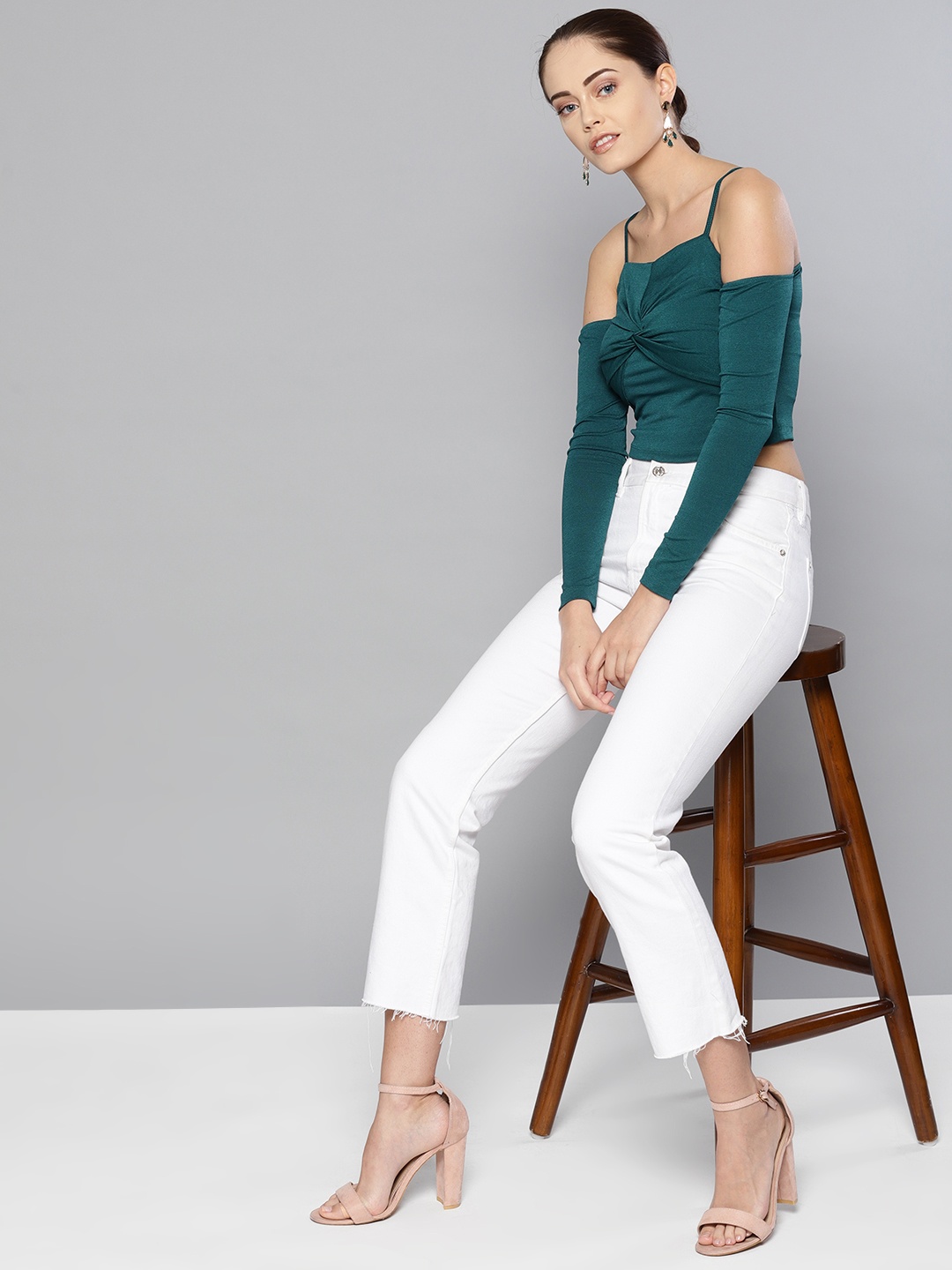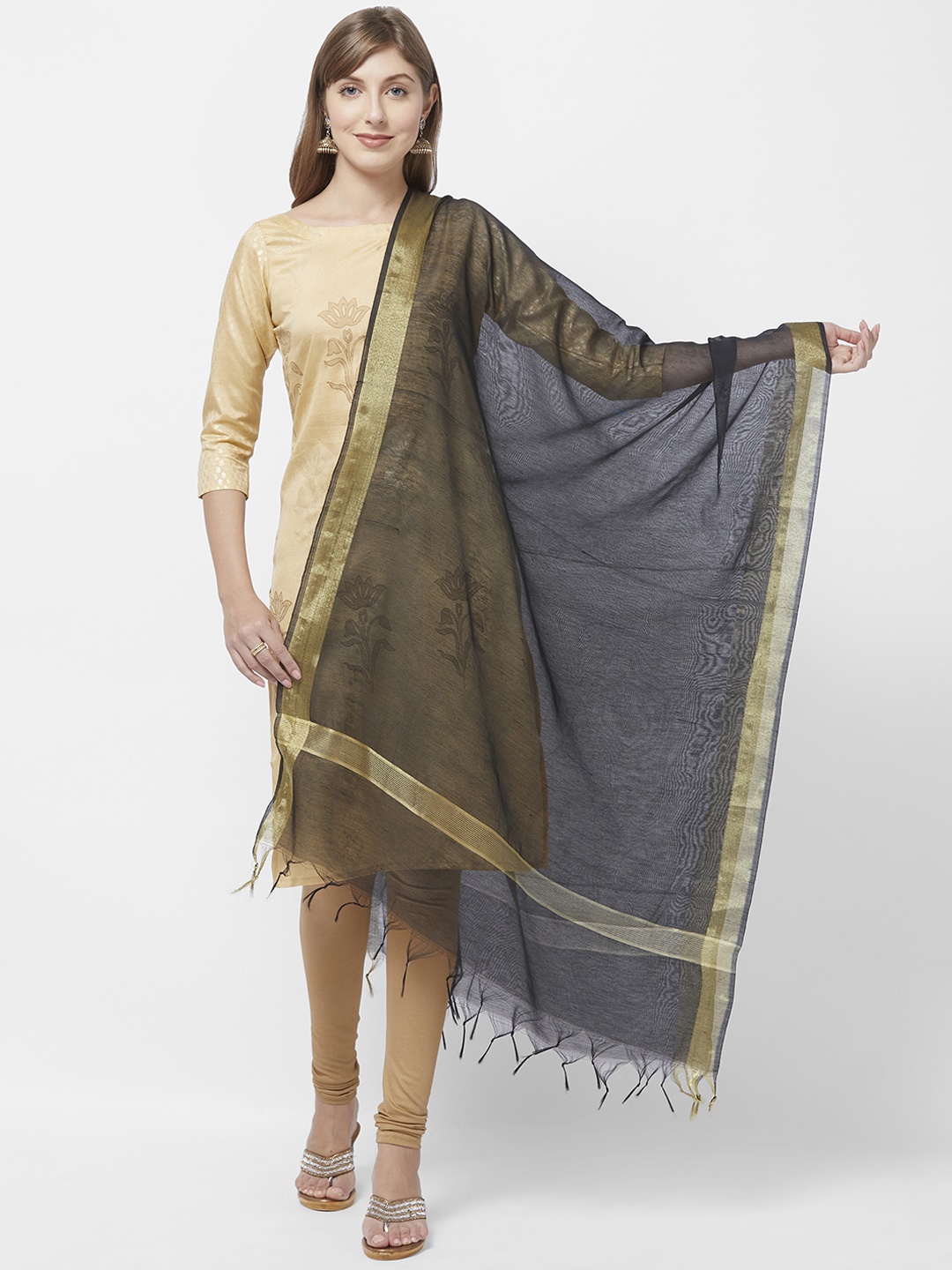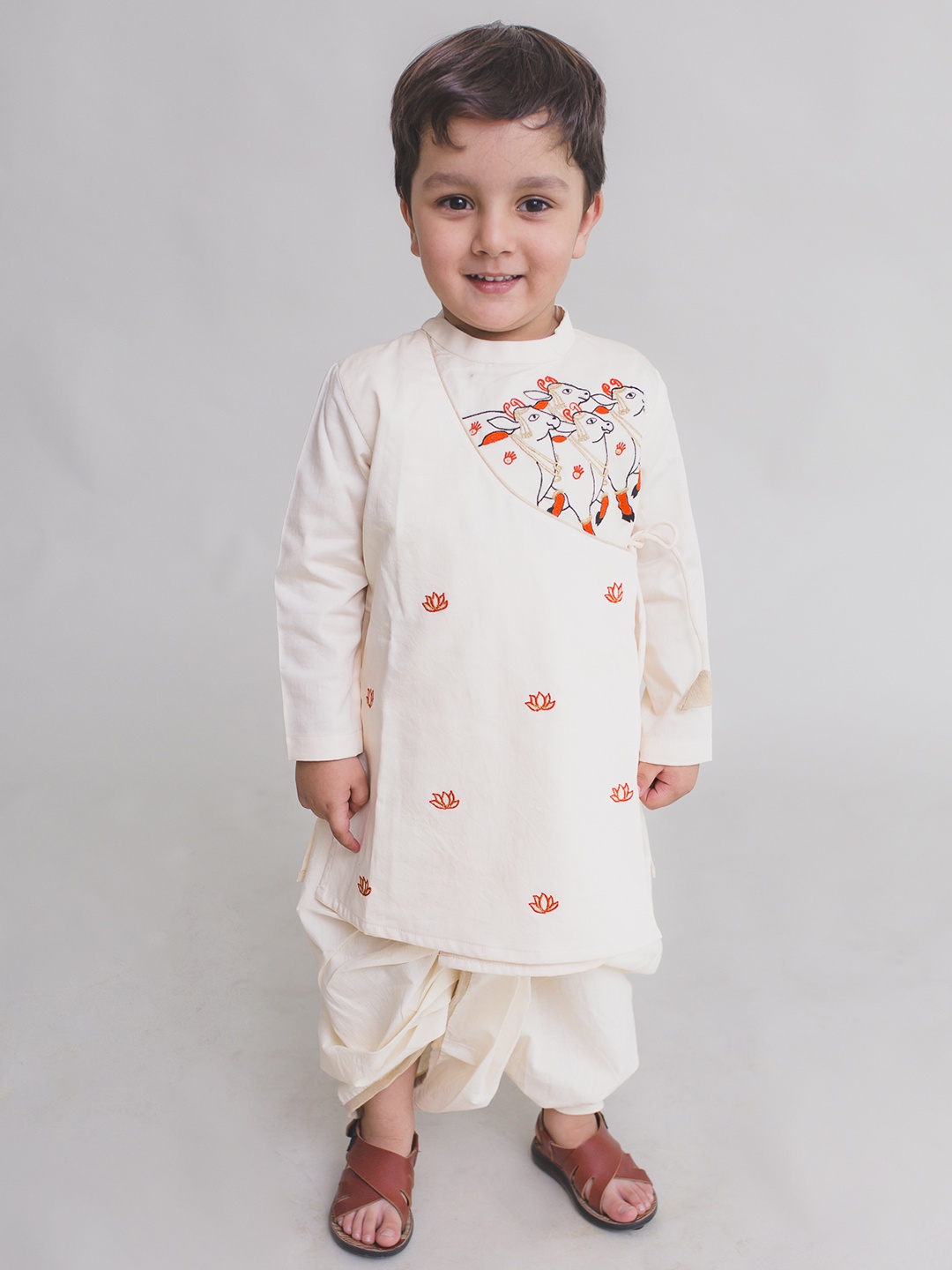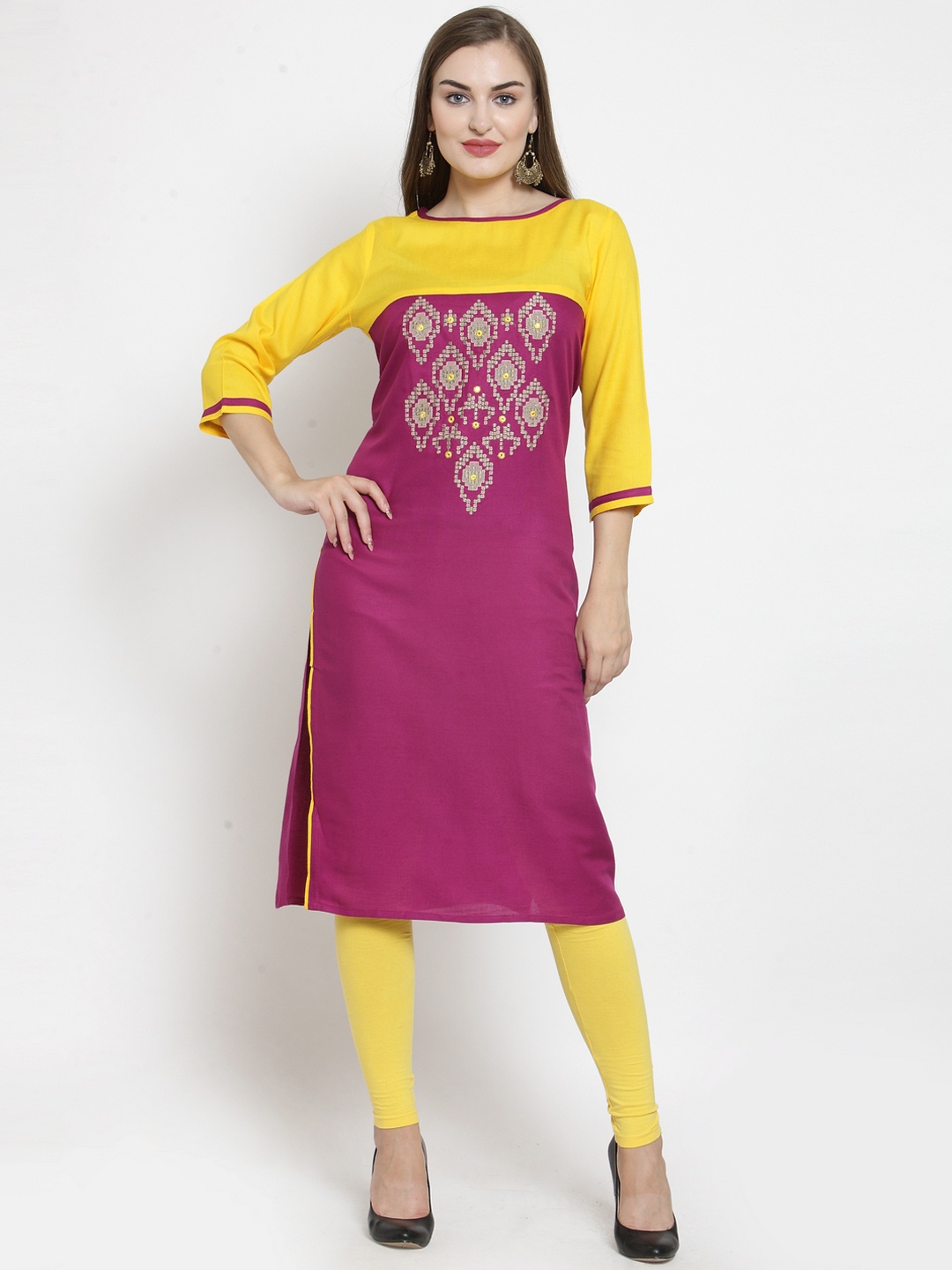How To Stop Boots From Pinching Or Sagging During Long Days Out
Tired of your boots pinching your toes in the morning and sagging by afternoon? You are not alone. Here's how to stop boots from pinching or sagging during long days out.

How To Keep Boots Comfortable And Upright: Easy Fixes For Pinching And Sagging.
There's something timeless about a good pair of boots. Whether it's that classic leather ankle boot worn with jeans, or the tall suede beauties paired with kurtas or dresses, boots add a certain flair. But behind the polished exterior often hides a struggle, pinching pain around the toes, uncomfortable tightness at the ankles, or worse, the dreaded midday slump where once structured boots look more like wrinkled socks. And when you're hopping between work, errands, or weekend outings, that discomfort isn't just annoying, it's a mood killer.
Boots are an investment. And like all good investments, they need the right care, fitting hacks, and wear strategies. So if your boots have turned from fashion favourites to foot foes, it's time for a change. Here's how to stop boots from pinching or sagging during long days out - bring back the love for those boots, one step at a time.

Simple Tricks to Make Your Boots Fit Better and Last All Day Long Without Pinching Or Sagging; Photo Credit: Pexels
1. Choose the Right Fit from the Start
Buying boots online might be convenient, but there's a big difference between ‘true to size' and ‘truly fits'. The wrong size, even by half an inch, can lead to tight pinching at the toes or heels. That minor discomfort in the store turns into hours of agony after a full day on your feet.
Always try on boots with the same socks you'd wear with them regularly. Feet swell through the day, especially in humid weather, so it's best to shoe shop in the evening when your feet are at their puffiest. A good fit leaves about a thumb's width in the toe area and hugs the heel without squeezing it. If the boot feels tight, don't assume it'll “break in” magically. Sometimes, pain doesn't go away; it just becomes familiar.
Local cobblers are great for adjustments, too. Stretching boots slightly in the right areas can work wonders without the need to size up. Don't compromise from the start; comfort should never be optional.
2. Break Them In, Gently
No one likes blisters. Yet so many get them from diving straight into wearing new boots for full days. Whether it's for a wedding, office event, or a casual stroll at the mall, boots need a breaking-in period. Think of it like getting to know someone; easing in makes for a smoother relationship.
Start by wearing them at home for short periods, maybe while doing chores or watching a movie. Add thick socks to gently stretch the material and allow your feet to mould into the shape. You'll know you're doing it right when the tight edges loosen just enough without losing shape.
Another trick? Use a hairdryer. Wear the boots with thick socks, blow warm air on tight spots for a minute or two, and walk around. The warmth softens the material temporarily, helping it adapt better. But don't overdo it, too much heat and leather can dry out or crack.
A few hours of prep can save you from days of discomfort.
Also Read: INC.5 And Metro Footwear At 50% Off: Step Into Style With Flipkart Sale
3. Use Boot Shapers or DIY Stuffing
Sagging boots look sad, there's no polite way to put it. That sharp, upright silhouette slumping down by lunchtime? It's not just an aesthetic problem; it's a structural one. Without support, the boot shaft loses firmness, especially in softer materials like suede.
Boot shapers are a simple yet genius fix. Pop them in when not in use, and they maintain the boot's original form. No fancy brands needed, even local shoe markets sell affordable ones. Prefer a home remedy? Old magazines, rolled-up newspapers, or even empty water bottles can do the trick. Just make sure they're clean and dry.
During wear, sagging can be managed with long socks or leg warmers tucked inside the shaft. This adds gentle pressure from within, helping the boot stay up. And yes, knee-high socks under long kurtas are totally a vibe, stylish and functional.
4. Moisturise the Leather, But Not Your Feet
Dry leather equals stiff leather. And stiff leather? That's when pinching turns from irritating to unbearable. A little leather conditioner goes a long way in softening the boot and preventing cracking, especially around bend points like the toe box and ankle.
Invest in a good leather cream or conditioner, even better if it's locally made and designed for the climate. Apply it with a soft cloth, let it absorb, and buff it off. Not only will your boots last longer, but they'll also feel more supple with each wear.
On the flip side, while your boots need moisturising, your feet shouldn't be slippery. Lotions on feet can cause socks to slide, leading to blisters or friction. If you must moisturise dry heels, do it well before wearing boots or stick to a heel balm that absorbs quickly.
Healthy leather + dry feet = the golden equation.
5. Wear the Right Socks
It might seem minor, but socks can make or break your boot experience. Thin, synthetic socks trap heat and sweat, while overly thick ones cramp the foot inside an already snug boot. The goal is balance, cushioning without bulk, breathability without slipping.
Cotton blends or moisture-wicking socks work well, especially for long wear. In colder months, wool-blend socks give warmth without turning your feet into steam rooms. Also, pay attention to seams. Thick seams around toes can press into the skin after hours of walking.
For boots that tend to sag, over-the-calf socks provide added support and structure. And for pinching heels or ankle rubs, padded ankle socks can cushion the hotspots. It's a small detail with a surprisingly big impact.
6. Invest in Insoles or Heel Pads
If your boots feel fine for the first few hours but turn painful later, it's likely a support issue. Foot fatigue from lack of cushioning is real, especially on hard surfaces like marble, tiles, or concrete (read: most urban pavements).
Gel insoles, arch supports, or foam heel pads are lifesavers. They distribute weight better, absorb shock, and reduce the pressure on sensitive areas. Most good insoles can be trimmed to fit, so pick ones that match your needs rather than the boot brand.
For boots that slip at the heel or rub uncomfortably at the ankle, silicone heel grips work wonders. These small additions cost as little as ₹100-₹200 but can feel like a ₹5000 upgrade.
Comfort is an investment, and your feet deserve it.

How To Stop Boots From Pinching Or Sagging During Long Days
Photo Credit: Pexels
7. Use Boot Bands or Elastic Inserts
For those with narrow calves or slim legs, tall boots can sag no matter the quality. The shaft just doesn't get enough grip to stay up. That's where boot bands come in, clever little straps that wrap around the leg to keep boots snug.
Some boots also allow for tailoring. A good local cobbler can sew in elastic inserts on the sides or back of the boot shaft. It's subtle and functional, perfect for transforming that floppy boot into a sleek statement.
For knee-high or thigh-high boots, double-sided fashion tape along the inside can temporarily help them cling better. It's not a permanent fix but great for special events or photoshoots.
With a few clever tweaks, even the loosest boots can stand tall.
8. Let Them Rest Between Wears
Wearing the same boots every day doesn't just wear them out, it wears you out too. Boots need time to air out and return to shape. Wearing them daily compresses the inner sole, traps moisture, and encourages odours.
Rotate your footwear if possible. Even alternating between two pairs can make a huge difference in comfort and longevity. Use shoe deodorisers or simple home hacks like baking soda pouches inside the boots overnight.
And here's a pro tip, don't toss boots into a corner after a long day. Store them upright, preferably with boot shapers, and keep them in a cool, dry space. Humid cupboards are a recipe for mould, especially during monsoons.
Good care isn't a luxury, it's a habit.
9. Choose the Right Material for the Season
That stylish faux leather might look great in December but can feel like a sauna come March. Material choice plays a big role in how boots behave during long days.
For warmer months, opt for breathable materials like canvas or perforated leather. Suede can be tricky; it looks lovely, but it can sag quickly and needs careful storage. Full-grain leather tends to hold its shape longer and gets softer with age if maintained.
Rubber-soled boots are great for rainy weather, but ensure they have proper inner lining to avoid sweating. Always check the inner sole material too, synthetic linings trap more heat compared to fabric or leather ones.
The right boot in the wrong weather is like wearing a woollen shawl at a beach wedding, stylish, sure, but slightly torturous.
10. Don't Ignore the Signs, Know When to Let Go
Even the best boots have an expiry date. If the pinching persists despite all hacks, or the sole starts cracking, or the shaft collapses no matter what you do, it might be time to say goodbye.
No one likes parting with a beloved pair, especially if it came with memories, that college fest, first office meeting, or winter trip to the hills. But holding on to painful or shapeless boots only brings more discomfort.
Instead of tossing them, consider repurposing. Turn them into quirky planters, donate to cobblers for parts, or recycle through local drives. And when you're ready for a new pair, apply every lesson learnt, size, material, support, care.
Comfort is a form of self-respect. Don't compromise on it.
Products Related To This Article
1. Roadster The Lifestyle Co Women Chelsea Round Toe Boots
2. Sherrif Shoes Women Mid-Top Regular Boots
3. Theater Women Winter Huskies Black Fur Block Heel Boots
4. DressBerry Women Round-Toe Chelsea Boots
5. Marks & Spencer Women Round Toe Block Heel Winter Boots
Boots aren't just footwear, they're a style statement, a confidence booster, and sometimes, a trusty companion through long, tiring days. But beauty shouldn't come at the cost of comfort. Whether it's pinching toes, sagging shafts, or general fatigue, every boot issue has a fix, and often, it's easier and cheaper than expected.
With a little knowledge, a touch of care, and a sprinkle of DIY magic, boots can stay upright, elegant, and pain-free from sunrise to sunset. So the next time you step out in your favourite pair, may they not just look good, but feel just right. Let every step be stylish, steady, and smart. Shop now on Myntra.

























